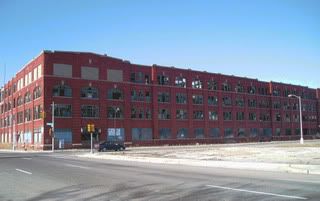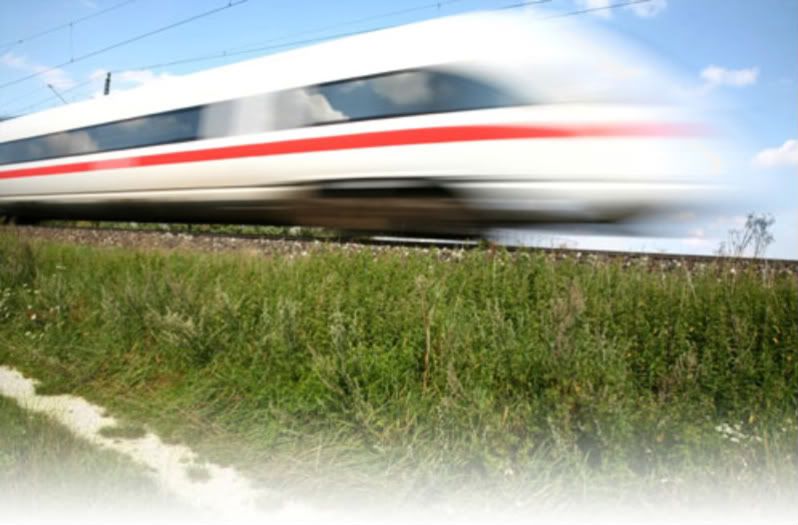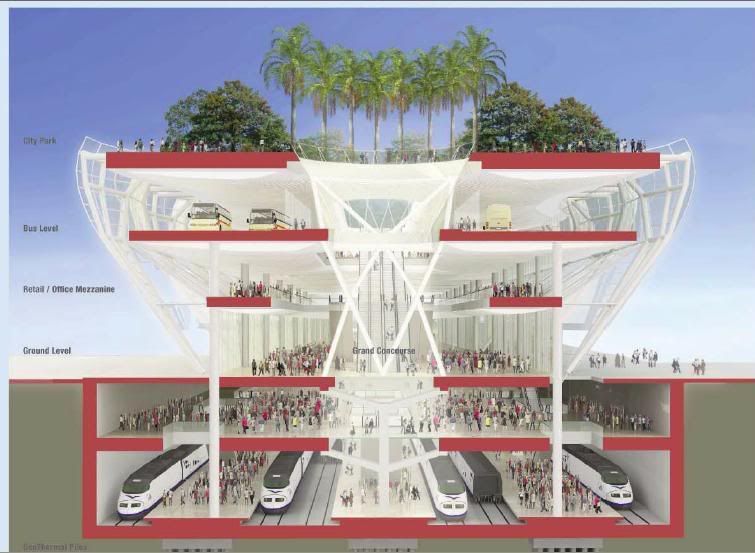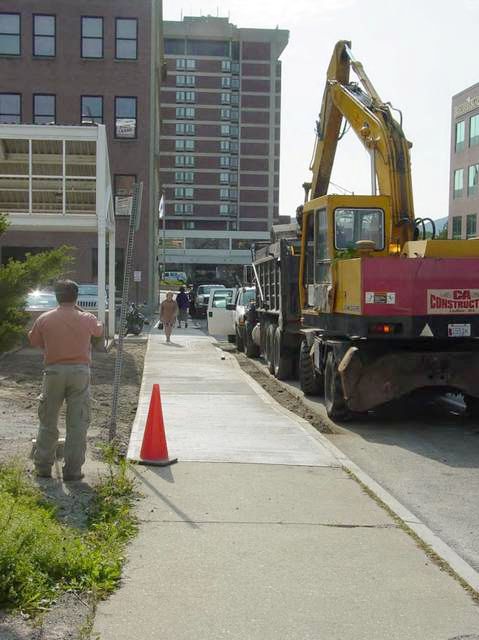 Disclaimer: I don’t know what the hell I am doing, so this is not a How To. Actually, getting this done despite not knowing what the hell I am doing is kind of the point.
Disclaimer: I don’t know what the hell I am doing, so this is not a How To. Actually, getting this done despite not knowing what the hell I am doing is kind of the point.
A couple of weeks ago, I finally got serious about trying to get my rear derailleur back into action. It had seized up during the winter, and while I got some rear gears back at that time, I was down to three speeds on the front derailleur again.
So I was trying the dry lube, working it in on all joints, working the derailleur mechanism, and cleaning off the crud it was bringing up. Except no matter how progress I seemed to make, when I went to shift it, it seized up again. And then another round.
Until the cable snapped.
Fudge, now I had to change the cable. So I hit the internet to try to see what is involved with changing the cable. One of the first hits I got told me that when a derailleur is sticking, its normally the cable rather than the derailleur mechanism.
Aha, that sounded right. Lesson One: check the intertubes for advice first, before getting started on a new job.
{keep on with the cable repair after the break}

 … or perhaps that should be, so we no longer need a memorial day for the US economy.
… or perhaps that should be, so we no longer need a memorial day for the US economy. … A Four Step Program
… A Four Step Program In
In  This is “part 2” of
This is “part 2” of 
 OK, so, to make an egregiously long story merely excessively long, a very strange thing happened on the road to the Stimulus Package. As
OK, so, to make an egregiously long story merely excessively long, a very strange thing happened on the road to the Stimulus Package. As 